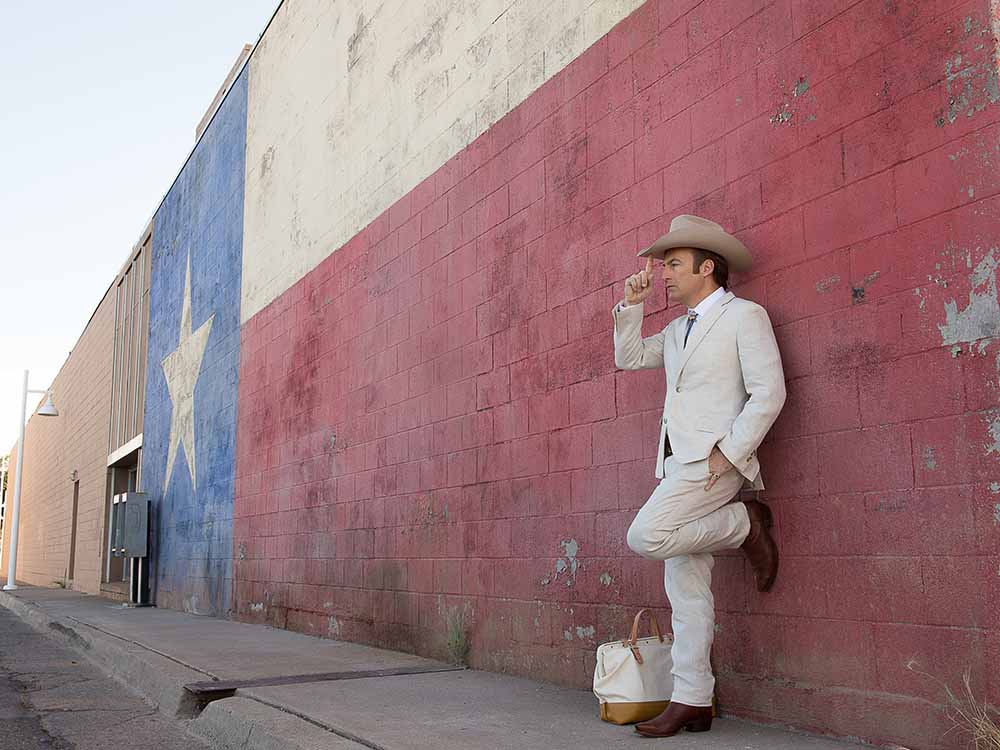Better Call Saul (2015): The Rise of a Complicated Lawyer
The year 2015 saw the debut of “Better Call Saul,” a critically acclaimed prequel to the iconic series “Breaking Bad.” This article provides an extensive look at “Better Call Saul,” delving into its inception, character development, narrative depth, and its contribution to the “Breaking Bad” universe.
The Inception of Better Call Saul
“Better Call Saul” was conceived by creators Vince Gilligan and Peter Gould as a spin-off prequel to “Breaking Bad.” The show centered around the character Saul Goodman, portrayed by Bob Odenkirk, whose real name was James McGill before adopting the catchy alias. Set in the same gritty and morally complex world as “Breaking Bad,” the series aimed to explore the backstory of this enigmatic lawyer.
The show’s title, “Better Call Saul,” alluded to Saul Goodman’s memorable catchphrase and the persona he adopted to navigate the criminal underworld of Albuquerque, New Mexico.
Character Development and Backstories
“Better Call Saul” delved deep into the backstory of its central character, James McGill, shedding light on the events that led him to become the morally flexible lawyer Saul Goodman. Viewers witnessed Jimmy’s early struggles as a public defender and his attempts to establish himself as a legitimate lawyer.
In addition to Jimmy McGill, the series introduced several other compelling characters, including:
- Chuck McGill (Michael McKean): Jimmy’s older brother, a successful lawyer suffering from electromagnetic hypersensitivity.
- Kim Wexler (Rhea Seehorn): A talented lawyer and Jimmy’s love interest.
- Mike Ehrmantraut (Jonathan Banks): A skilled and stoic enforcer who would later become a pivotal character in “Breaking Bad.”
The character development in “Better Call Saul” was meticulous, and each episode provided insights into the complex motivations and vulnerabilities of its characters.
The Narrative Depth and Moral Ambiguity
“Better Call Saul” was praised for its narrative depth and exploration of moral ambiguity. The series portrayed the legal world with a level of authenticity rarely seen on television, offering a fascinating look at the ethical dilemmas faced by lawyers.
Jimmy McGill’s journey from a struggling public defender to the morally flexible lawyer Saul Goodman was portrayed with nuance and empathy. The series explored the choices he made, often for the sake of survival and success, and how those choices shaped his destiny.
The show also continued the tradition of “Breaking Bad” by examining the consequences of characters’ actions. “Better Call Saul” showed how small decisions and seemingly inconsequential events could have far-reaching repercussions.
Contribution to the Breaking Bad Universe
One of the most significant aspects of “Better Call Saul” was its contribution to the “Breaking Bad” universe. The series not only provided a richer understanding of Saul Goodman’s character but also featured the return of familiar faces from “Breaking Bad.”
Characters like Gustavo Fring (Giancarlo Esposito) and Hector Salamanca (Mark Margolis) made appearances, and their interactions with Jimmy McGill hinted at the criminal world that would later come to dominate “Breaking Bad.”
The series also maintained the high standards set by “Breaking Bad” in terms of storytelling, character development, and cinematography, earning critical acclaim and a dedicated fan following.
In conclusion, “Better Call Saul” in 2015 emerged as a worthy prequel to “Breaking Bad,” offering an in-depth exploration of character backstories, moral complexity, and narrative depth. The series contributed significantly to the “Breaking Bad” universe while standing on its own as a masterful piece of television storytelling.











